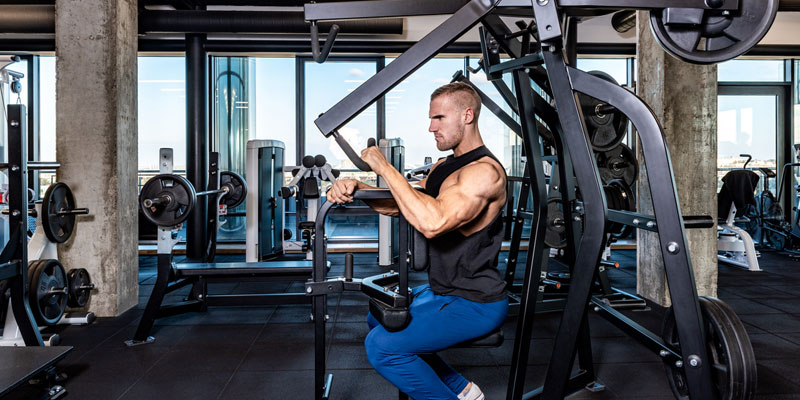What makes the difference between a beginning and intermediate lifter? There’s no cap-and-gown ceremony, that’s for sure. Rather, it’s a conscious choice to take your training to the next level. Here are a few variables that will change.
1. If your goal is muscle size, you’ll do more volume for each muscle group. That essentially means more sets, and here you’ll choose more exercises (so ultimately, more total sets) that work the target muscle from a variety of angles.
2. More volume means more muscle damage, which lengthens the recovery period. Hence, the frequency with which you repeat a workout for that body part again decreases. So, whereas a beginner might do one exercise for four sets three times a week, an intermediate might instead do 2 to 3 movements of three sets twice a week (6 to 9 total sets).
3. Beginners typically focus on learning movement patterns and coordination using fairly light weights, whereas intermediates can start working with slightly heavier loads in their target rep range. That is, intermediates generally use a higher intensity. (Remember, intensity refers to the weight that you’re using relative to your one-rep max for that move. It has nothing to do with how hard you train.)








